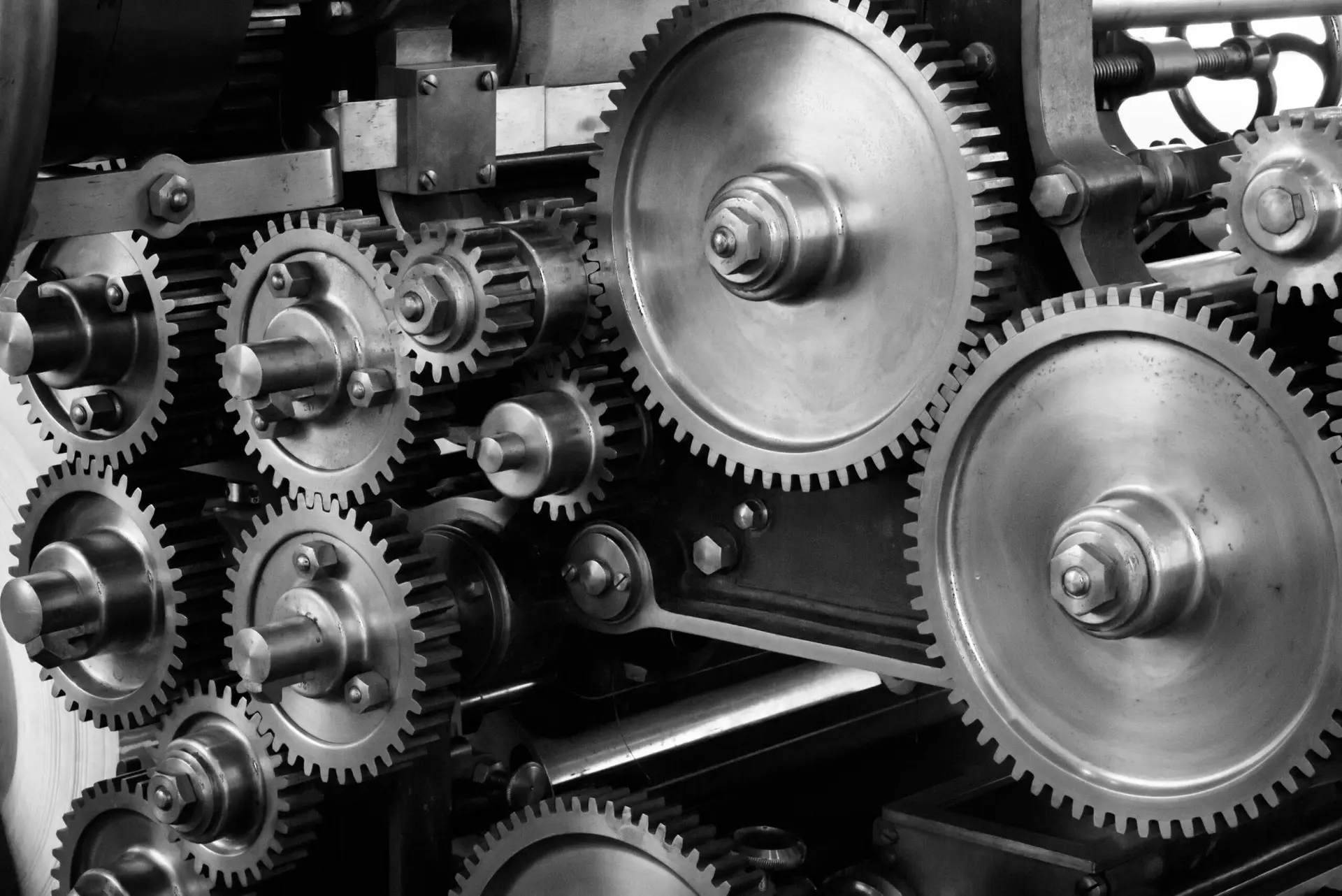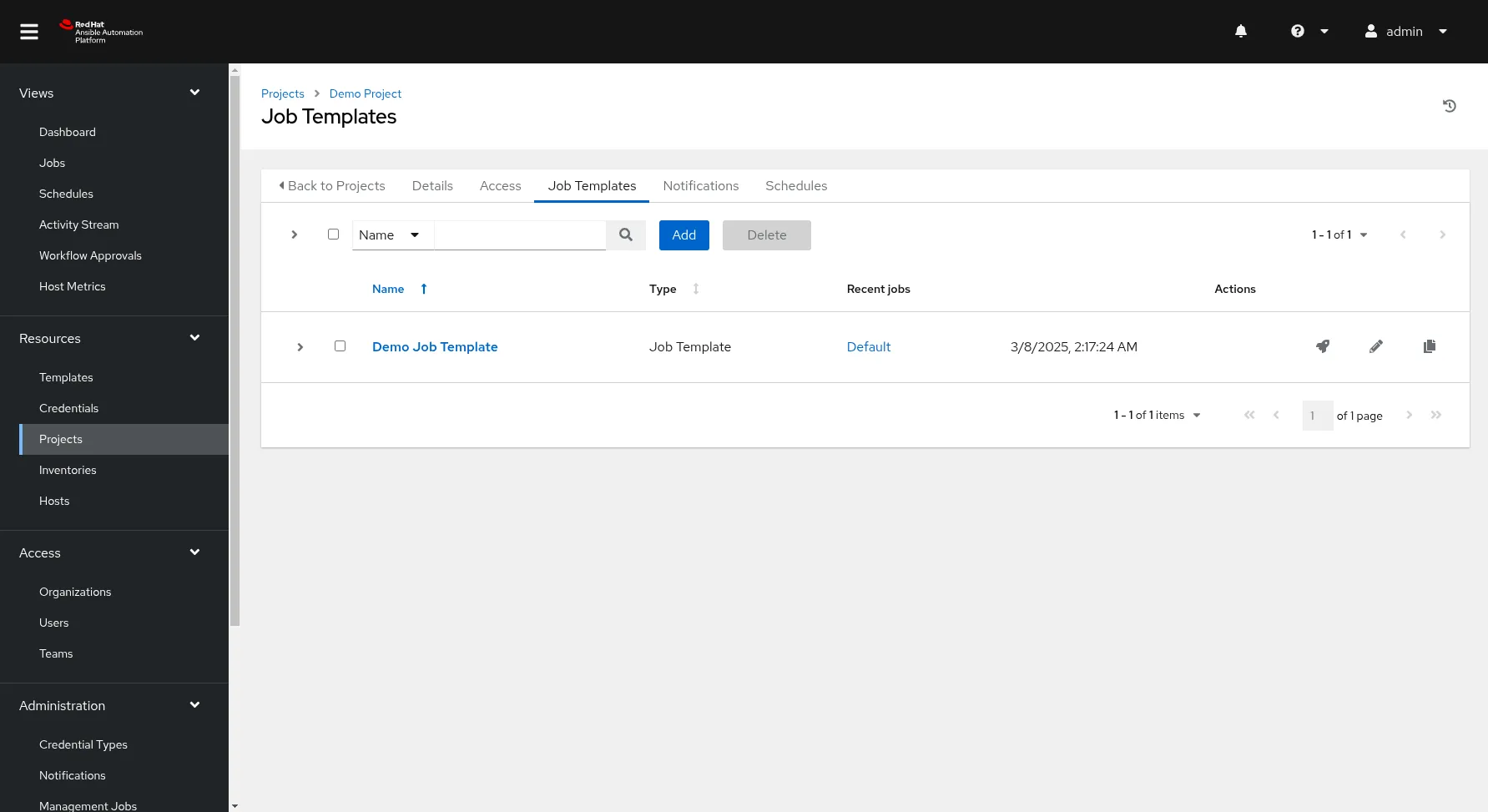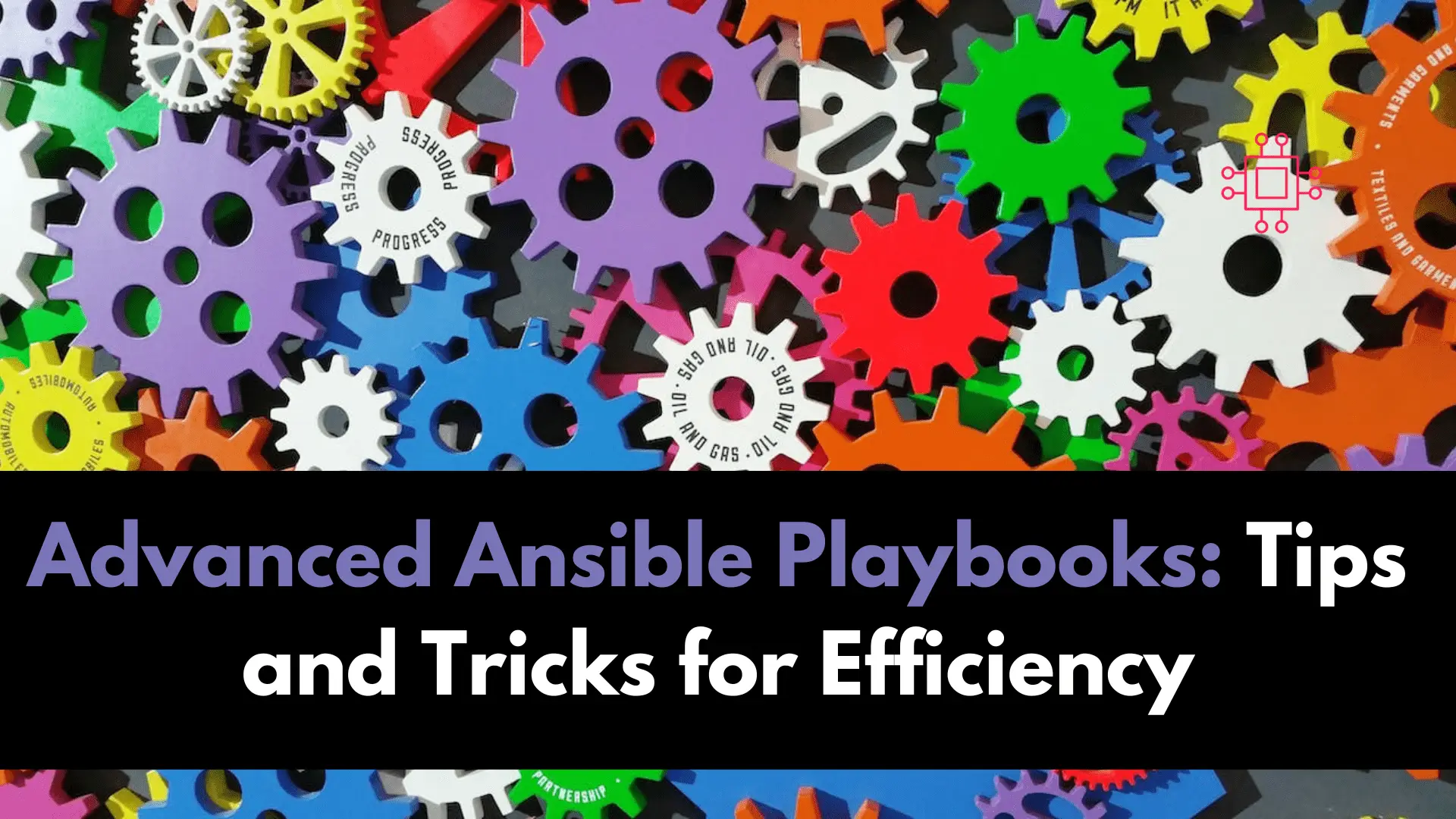
Learn how to secure SSH with Ansible and protect your Linux systems from unauthorized access with this step-by-step guide. Table of Contents Introduction Ansible is

Learn about the key differences between Ansible Tower vs AWX. This guide covers setup instructions, features, support models, and helps you choose the best platform for large-scale automation.
As infrastructure complexity increases, so does the need for robust automation tools. Ansible is one of the most widely adopted tools for managing IT environments. However, when it comes to scaling Ansible operations, it can be a challenge to manage playbooks, inventory, and job scheduling. This is where Ansible Tower and its open-source version, AWX, come in.
Ansible Tower and AWX provide centralized management for your Ansible automation, allowing for efficient scaling, better monitoring, and more streamlined workflows. In this article, we’ll compare Ansible Tower and AWX, explore their unique features, and walk you through setting up either platform for large-scale automation.

Both Ansible Tower and AWX are designed to make it easier to manage, orchestrate, and monitor Ansible automation workflows. The key difference between the two lies in the fact that Ansible Tower is the commercial, enterprise-grade offering by Red Hat, while AWX is the open-source, community-driven counterpart.
These platforms include a web-based interface that simplifies tasks such as managing inventories, running playbooks, and scheduling jobs. Whether you are working on a small project or managing large-scale infrastructure, Ansible Tower and AWX provide the functionality you need for automation.
Key Features |
|
|
|
|
|
Distribution Model |
|
|
Support |
|
|
Feature Parity |
In terms of features, AWX and Ansible Tower are quite similar. Both platforms offer:
|
|
|
However, Ansible Tower comes with a few extra enterprise features that AWX lacks, such as multifactor authentication (MFA), dedicated support for scaling in large organizations, and enhanced security features.
Release Schedule |
|
|
Install Dependencies |
Before installing Ansible Tower or AWX, ensure you have Docker and Docker Compose installed. On a Linux system (Ubuntu), use the following commands to set up the necessary dependencies:
# Install Docker
sudo apt-get update
sudo apt-get install docker.io
# Install Docker Compose
sudo apt-get install docker-compose
You can download Ansible Tower from the official Red Hat website. For AWX, you can clone the GitHub repository:
# Clone the AWX repository
git clone https://github.com/ansible/awx.git
# Navigate to the awx directory
cd awx
To set up AWX, edit the docker-compose.yml file to configure your instance. This includes setting passwords, ports, and environment variables. Example configuration:
version: '3'
services:
awx:
image: ansible/awx:latest
container_name: awx
ports:
- "8080:8052"
environment:
- SECRET_KEY=mysecretkey
- ADMIN_USER=myadmin
- ADMIN_PASSWORD=mypassword
volumes:
- /var/run/docker.sock:/var/run/docker.sock
After configuring Docker Compose, build and run the AWX container:
# Build and run AWX container
docker-compose up -d
Once the container is running, open your web browser and access AWX at http://localhost:8080. Follow the on-screen instructions to complete the initial setup, such as creating the admin user.

Photo by admingeek from Infotechys
In the AWX web interface, navigate to the Inventories section and create an inventory of your infrastructure. Define credentials such as SSH keys, usernames, and passwords to connect securely to your remote systems.
To execute automation tasks, upload your Ansible playbooks to AWX under the Projects section. Create job templates to specify the playbook, inventory, and credentials. You can then schedule jobs or run them manually, monitoring progress and logs in real time through the AWX interface.

Photo by admingeek from Infotechys
Both Ansible Tower and AWX provide powerful solutions for managing and scaling Ansible automation. While Ansible Tower is best suited for enterprises needing official support, enterprise features, and stability, AWX offers a community-driven, open-source alternative for smaller teams or those on a budget.
By following the setup instructions in this guide, you can implement Ansible Tower or AWX in your environment and begin streamlining your infrastructure management, job scheduling, and automation workflows. Whether you choose Ansible Tower or AWX, embracing these tools will empower your organization to manage IT at scale with efficiency and reliability.
Did you find this article helpful? Your feedback is greatly appreciated! Feel free to share this post with others who might find it useful and leave your thoughts in the comments below.
Related Posts

Learn how to secure SSH with Ansible and protect your Linux systems from unauthorized access with this step-by-step guide. Table of Contents Introduction Ansible is

In this guide, we’ll delve into the intricacies of advanced Ansible playbooks, offering step-by-step instructions, real-world examples, and valuable tips to streamline your automation workflows.

Learn how to install Kubernetes using Ansible on Ubuntu 24.04. This comprehensive guide covers prerequisites, setup, and configuration, ensuring a streamlined and consistent deployment process.
